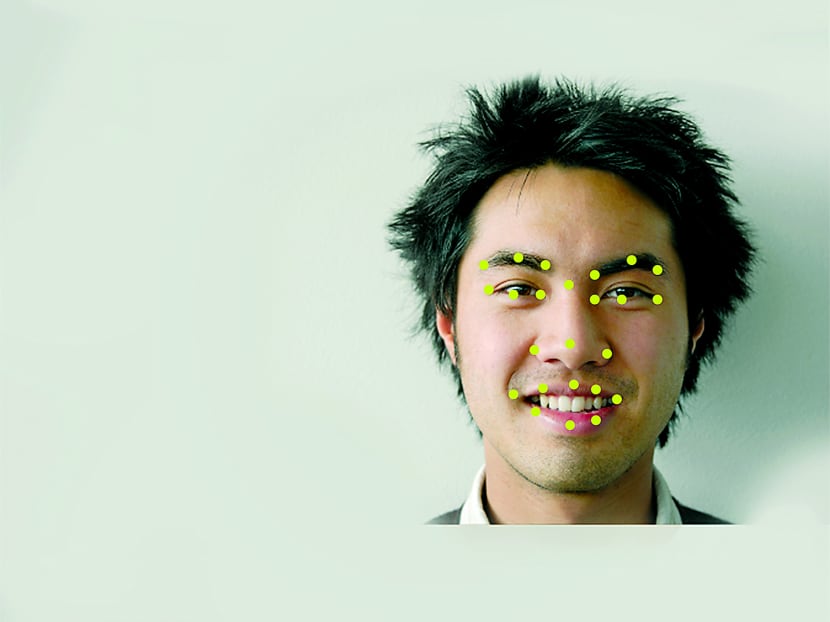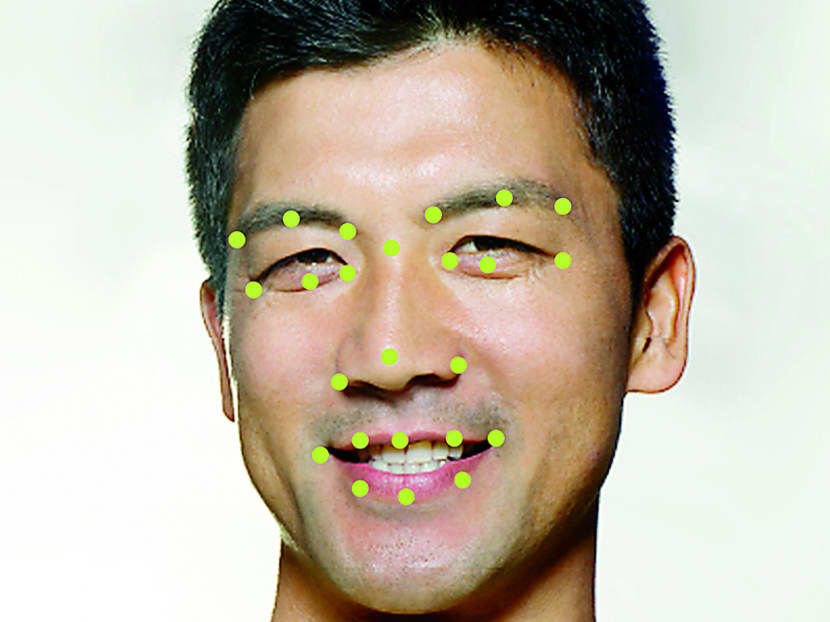Facial coding technology helps marketers optimise ad effectiveness
SINGAPORE — Facial expressions can reveal what people do not say. And that is the premise that the Link with Facial Coding technology uses to gauge viewers’ true reactions to pre-launched advertisements.


SINGAPORE — Facial expressions can reveal what people do not say. And that is the premise that the Link with Facial Coding technology uses to gauge viewers’ true reactions to pre-launched advertisements.
The face-reading technology uses webcams to track viewers’ intuitive facial responses when they are shown advertisements and TV commercials. Key points on the viewer’s face are then used to recognise a range of emotional states. The responses are aggregated and presented in a moment-by-moment analysis.
“People’s emotions play a powerful role in the decision-making process and they are particularly important in marketing communications,” said Ms Nichola Rastrick, Managing Director of Millward Brown Singapore, at the Link with Facial Coding preview. “If an ad creates a positive emotional reaction, it is much more likely to be noticed, remembered and to build positive associations for the brand.”
The technology was created by global research agency Millward Brown and Affectiva, a Massachusetts Institute of Technology (MIT) Media Lab spin-off. Ms Rastrick said the technology took eight years to become commercially viable. “At that time, coding video was a manual job, which made it labour-intensive and expensive.” The breakthrough came when Affectiva developed software systems that automatically recognise key expressions.
The emotions elicited by ads are accurately measured across different cultures — although cultural rules or norms may affect facial expressions. The system is programmed to recognise and consider these variations, particularly in less expressive countries such as parts of Asia, she said.
Since performing trials on the technology last year, some of Millward Brown’s global clients, such as Unilever, have adopted it for their pre-testing advertising research. To date, the agency has tested more than 1,200 advertisements across Asia. It will be a standard research tool offered to advertisers next month, she said.
An example of its efficacy is a commercial that shows a husband touching his wife’s bare midriff in a shot. When interviewed afterwards, most of the female viewers gave a generic response about the interaction. But the moment-by-moment analysis showed otherwise. The shot was the most emotionally-engaging moment of the commercial and as a result of this insight, the advertiser kept the scene in the commercial.
What the technology is particularly useful for is gauging the true reaction to ads that are edgy or use challenging creative devices. It also makes survey responses clearer by identifying branding moments and cues that work, whether the storytelling is smooth and if there is any difficulty among the viewers in comprehending the message behind the ad.





